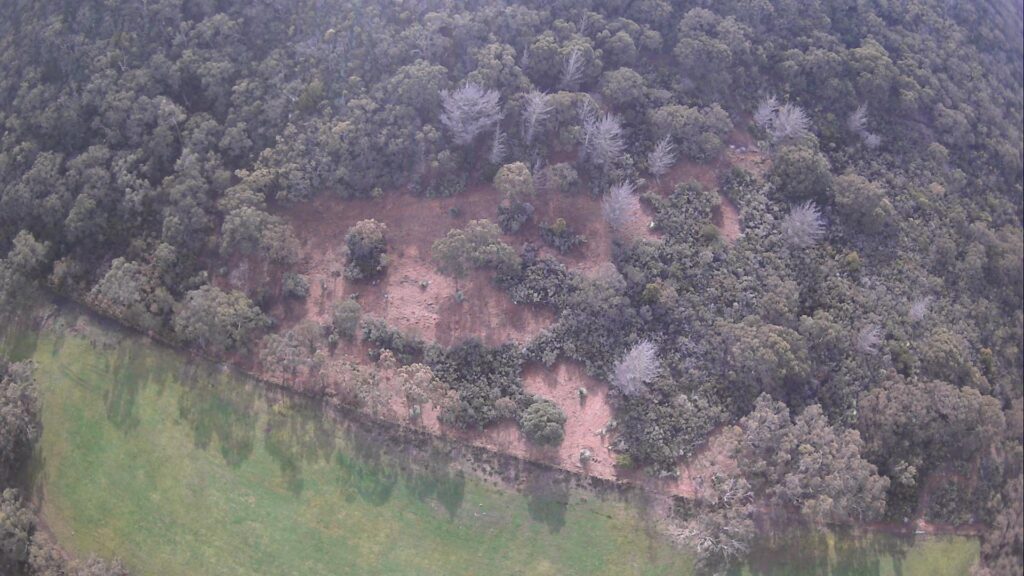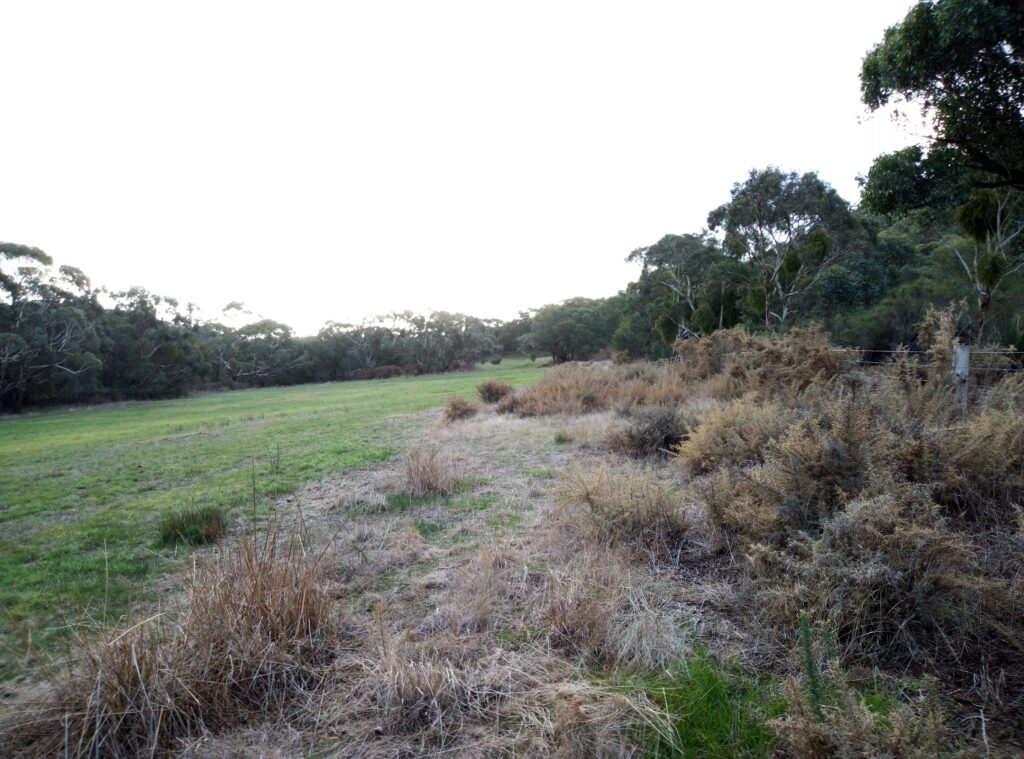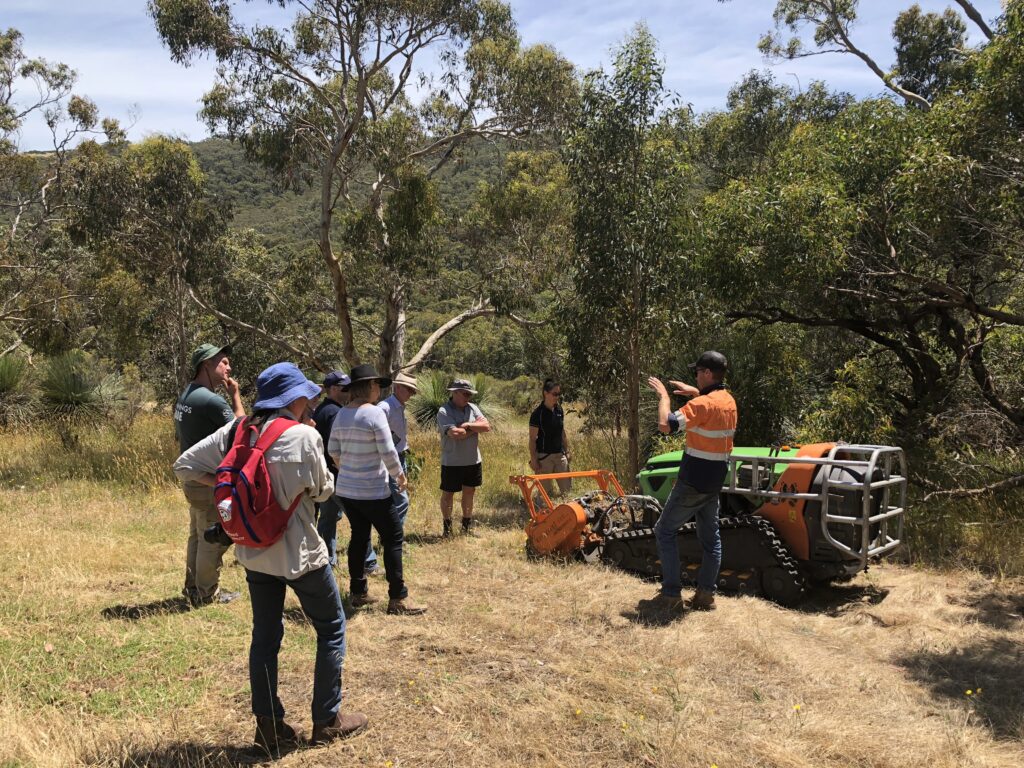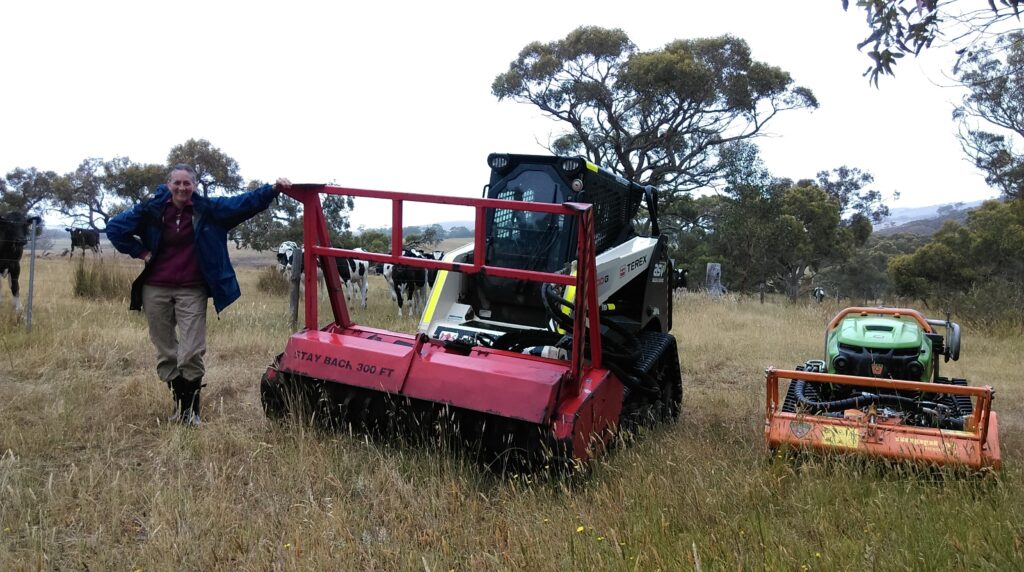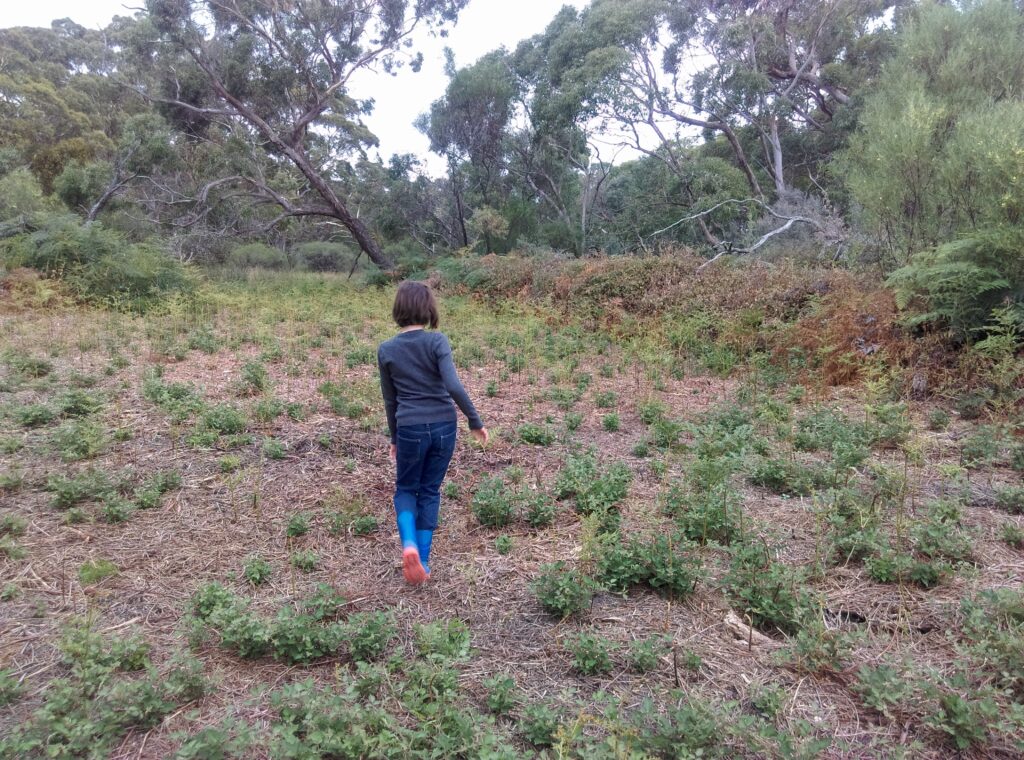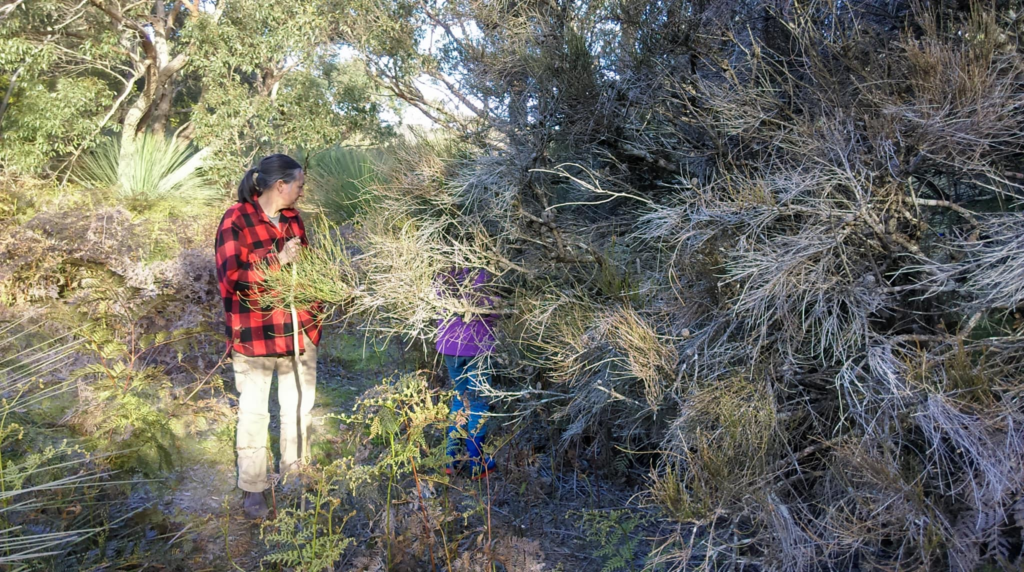Inspired by success
Inspiration is a word that Brad Page uses a lot. Brad and his partner Jane McKenzie bought a block of scrub on South Australia’s Fleurieu Peninsula in 2017 and have been committed to restoring its native vegetation ever since.

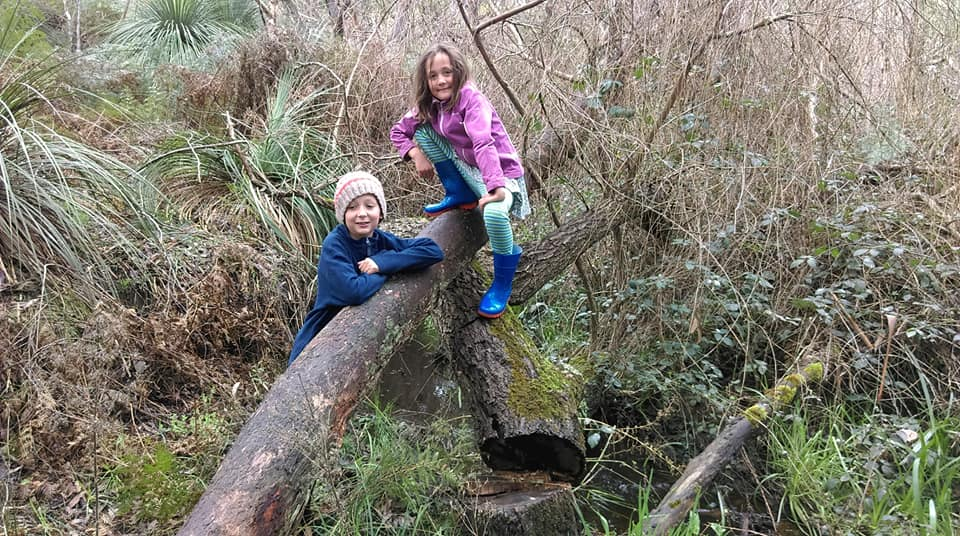
Brad is inspired by seeing the changes that come about when he can access grant funding to tackle the immense weed challenges on his land – the result of little active management for the 20 years since it had ceased being a productive farm.
The 84-hectare property has a Heritage Agreement covering 83 hectares and was purchased through the Nature Foundation‘s BushBank Revolving Fund.
Heritage Agreements provide landholders in South Australia with practical advice and financial incentives to help protect native vegetation. Currently there are over 1,600 landholders permanently protecting more than 1.8 million hectares through Heritage Agreements in South Australia.
“We bought this awesome place and can’t believe how lucky we were,” Brad said.
“But it was incredibly weed infested – the gorse was 3 to 4 metres high – and there is blackberry mixed in with the gorse and pine trees because we are next to a pine plantation.”

Gorse is one of Australia’s declared Weeds of National Significance and is considered one of Australia’s worst weeds.
Patches of gorse on the block were up to 30 metres wide and 80 metres long.
“They spanned a fence, but you wouldn’t even know there was a fence there,” Brad said.
In one particular patch, Brad and Jane discovered a 4-metre high grass tree that they had never seen.
Many property owners consider gorse eradication a lifetime’s commitment, but Brad hopes to achieve it in 5 years followed by ongoing manageable maintenance. With the funding and support he has received from the Hills and Fleurieu Landscape Board and the Revitalising Private Conservation in South Australia program, Brad is on track to reach that goal.
“I’ve got a spray unit and spend many days on the back of that thing. But it would be debilitatingly depressing if we were just doing it that way.”
With access to grant funding, contractors are brought in to mulch the weeds. With the right knowledge and equipment they break the back of the tasks. As a result, Brad believes that seed production of the gorse has largely stopped.
“They bring in a giant lawnmower on a bobcat. It is a godsend. It just drives through the gorse and turns it into wood chips out the other end.
“Then I drive the quad in there with the trailer and spray. I can spray an acre of gorse regrowth in a day.
“Without that it would just be so overwhelming,” Brad said.
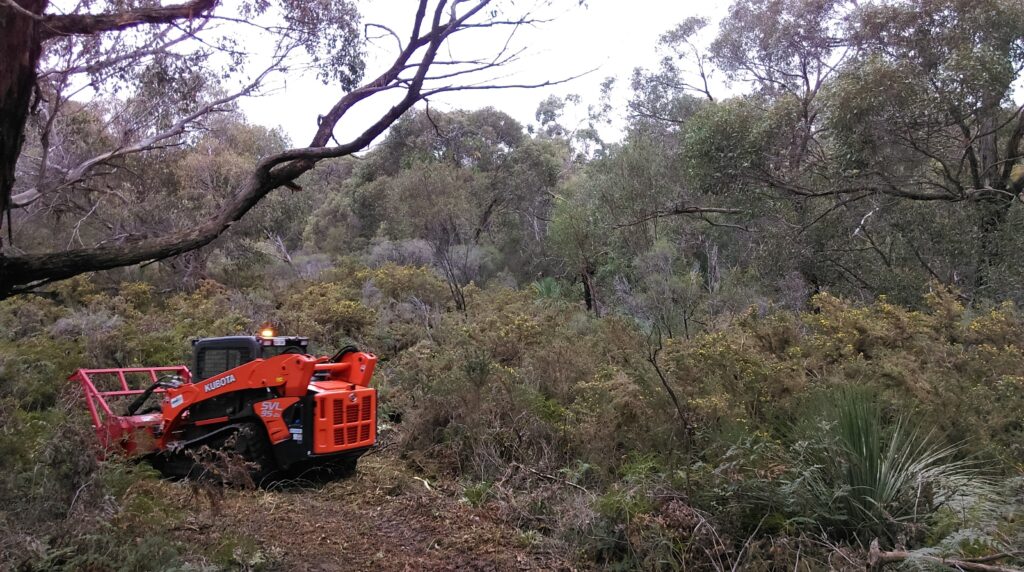
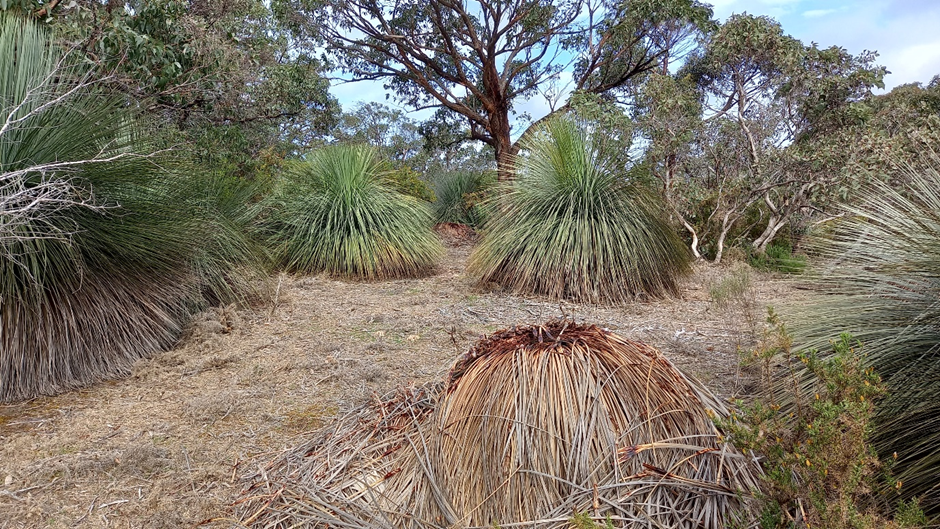
Inspiration is not just something that Brad takes from the gains achieved. It is also something he provides to others.
Over time Brad has researched how to effectively kill the pine trees on his property. Following poisoning, the pine trees turned brown initially and then fell within 5 years, with the changes noticed by the locals.
“The scale of change on our place is incredible and people see it because we are on a hillside,” Brad said.
Word spread and others contacted Brad for information about the techniques he used.
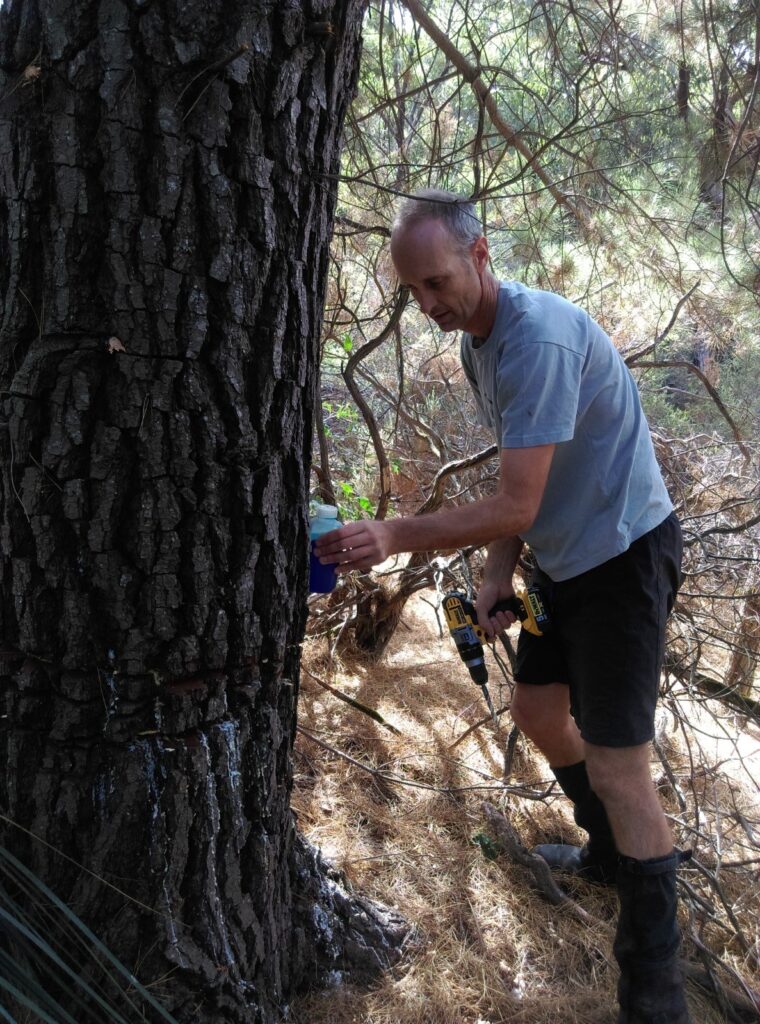
It is not all weeds and poison though.
Supported by friends and family, Brad and Jane have planted banksia seedlings and installed nest boxes for pygmy possums that are found on the block. They have also planted thousands of various threatened plants to create a seed stock for others.
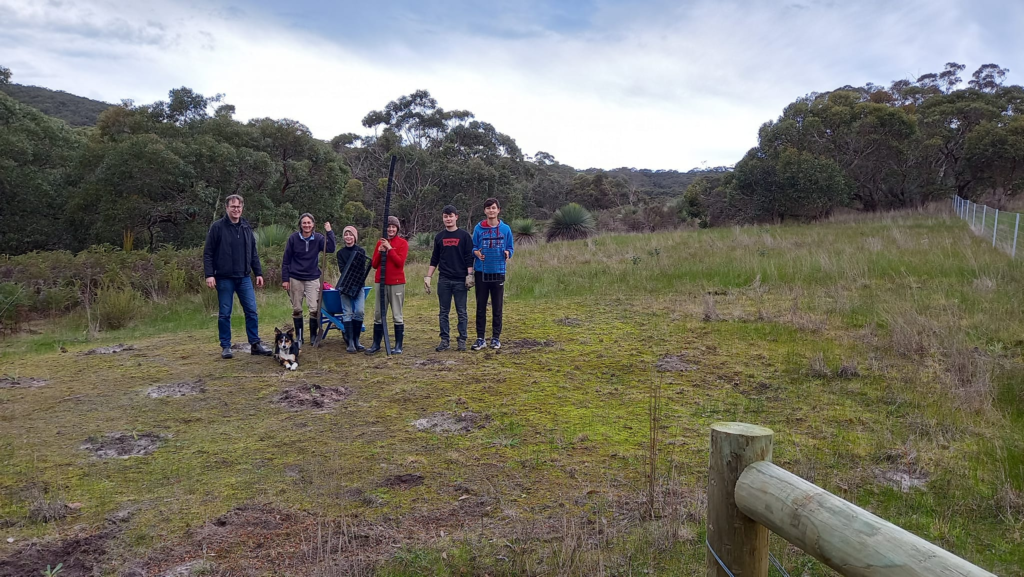
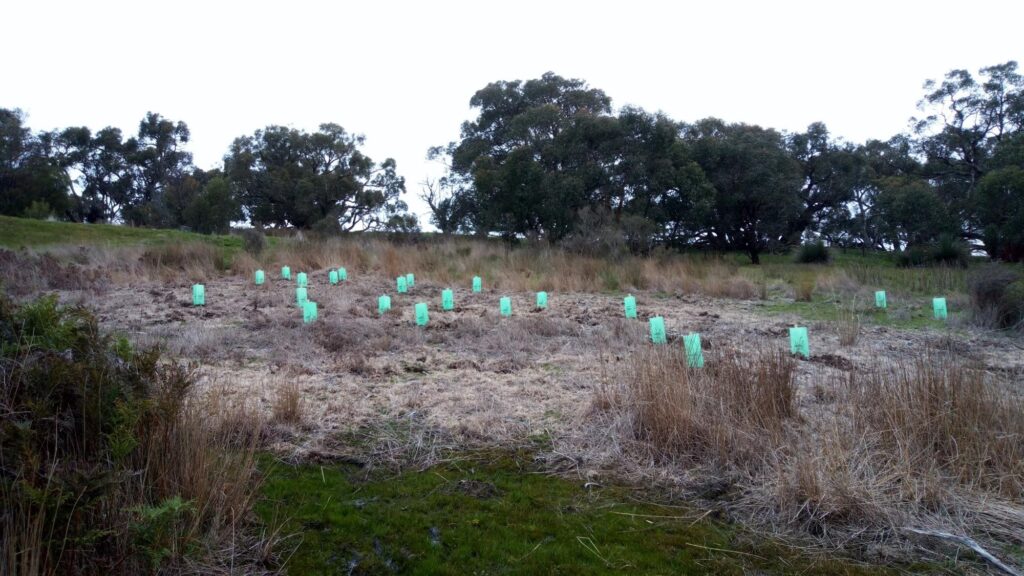
When Brad and Jane retire to the block, Brad expects that the ongoing maintenance will be manageable and he hopes to be able to provide support to their neighbour to tackle gorse.
When Brad and Jane first bought the block, they didn’t like what they saw and felt it was not enjoyable to walk around it.
“It was tough looking at it before because it was so overwhelmed. But with a lot of funding support and a lot of hard work from us, it’s now a completely changed place and it’ll be manageable for our kids if they want to keep it when we’re gone.”
Read more stories of landholders actively managing land for nature.
